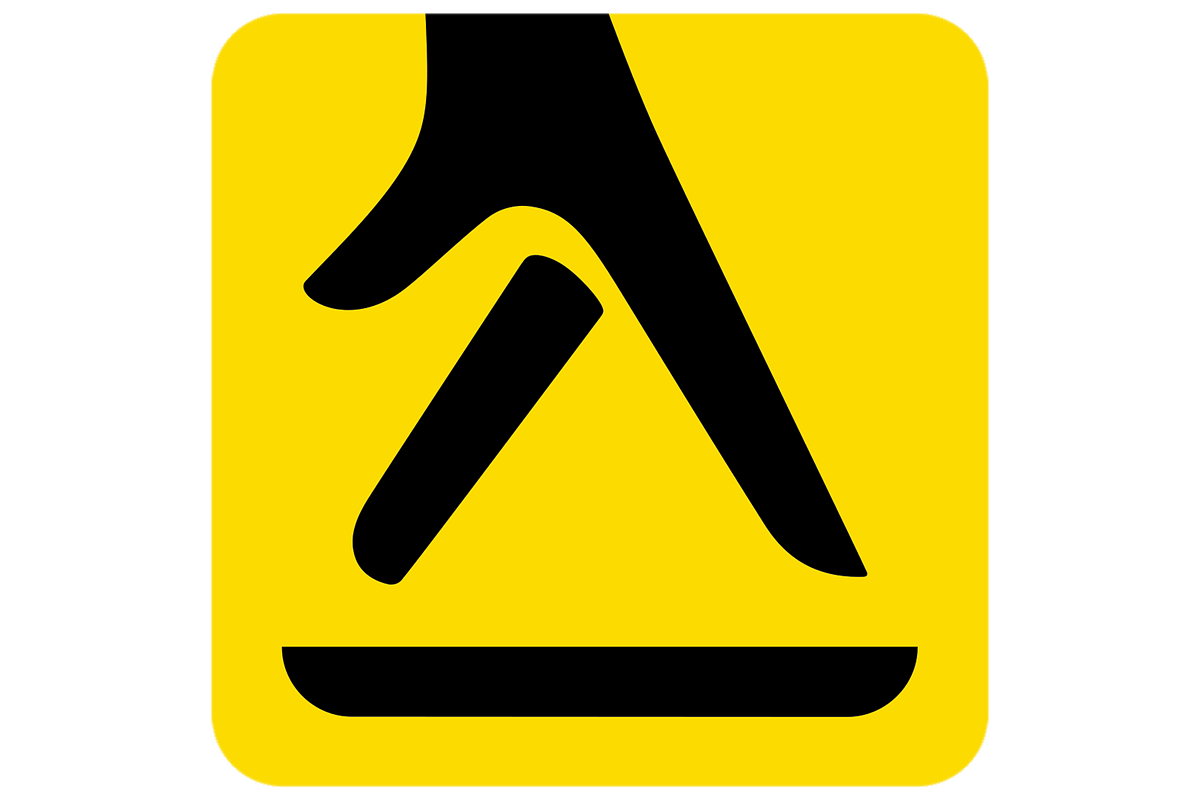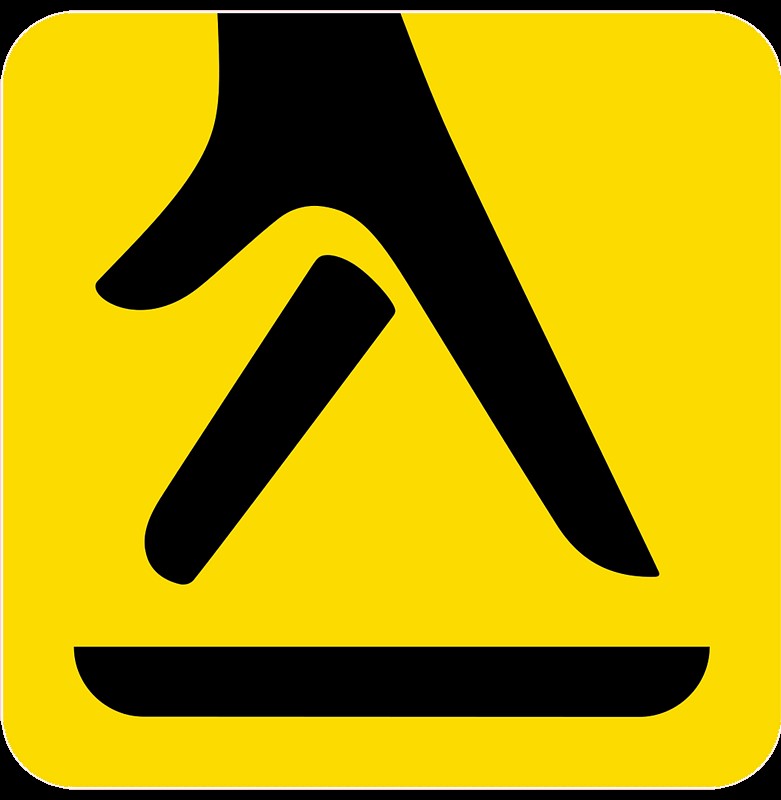As the weather turns colder and we start to cosy up by the fireplace, it’s essential to ensure that our chimneys are in proper working order. Regular chimney inspections are crucial for both safety and maintenance, as they can help prevent potential hazards and extend the lifespan of your chimney. At Rotasure, we understand the importance of chimney inspections, and in this guide, we will explain why regular inspections are necessary and how often they should be done.
Why are regular chimney inspections necessary?
- Safety First: The most critical reason for regular chimney inspections is safety. Over time, creosote, a highly flammable substance, can build up in the chimney. If left unchecked, this can pose a significant fire hazard. Additionally, animals, such as birds and squirrels, may find their way into the chimney, causing blockages that can lead to smoke and carbon monoxide buildup in your home. Regular inspections will identify and address these potential safety issues before they become major concerns.
- Prevent Costly Repairs: Regular inspections can help catch minor issues before they turn into major repairs. By detecting and fixing small cracks or damages, you can avoid costly repairs in the future. Ignoring these issues can lead to more extensive damage, requiring expensive chimney rebuilding or even replacement.
- Maintain Efficiency: A well-maintained chimney will operate more efficiently. Regular inspections identify any blockages or obstructions that may hinder proper airflow and ventilation. This can improve the overall efficiency of your fireplace, allowing it to burn more efficiently and produce more heat. By ensuring proper airflow, you can also reduce the risk of carbon monoxide buildup in your home.
How often should chimney inspections be done?
The frequency of chimney inspections depends on several factors, including the type of fuel you burn and how often you use your fireplace. As a general guideline, it is recommended to have your chimney inspected at least once a year. However, if you use your fireplace regularly, it is advisable to have inspections done more frequently, such as every six months or every burning season. This will help ensure that any issues are caught early on and promptly addressed.
It’s also important to note that different types of fuels require different levels of maintenance. For example, if you burn wood, creosote buildup is more likely to occur and inspections should be done more frequently. On the other hand, gas fireplaces produce less creosote and may require less frequent inspections. Consulting with a professional chimney sweep in Manchester, such as Rotasure, can help determine the appropriate inspection schedule based on your specific circumstances.
In conclusion, regular chimney inspections are vital for both safety and maintenance. They help identify and address potential safety hazards, prevent costly repairs, and maintain optimal efficiency. By following a regular inspection schedule and seeking professional help from experienced chimney sweeps like Rotasure, you can ensure the longevity and safety of your chimney. So, before you light that first fire of the season, make sure to schedule a chimney inspection to keep your home safe and your fireplace operating efficiently. Remember, prevention is always better than cure when it comes to chimney maintenance. Stay warm and stay safe!


